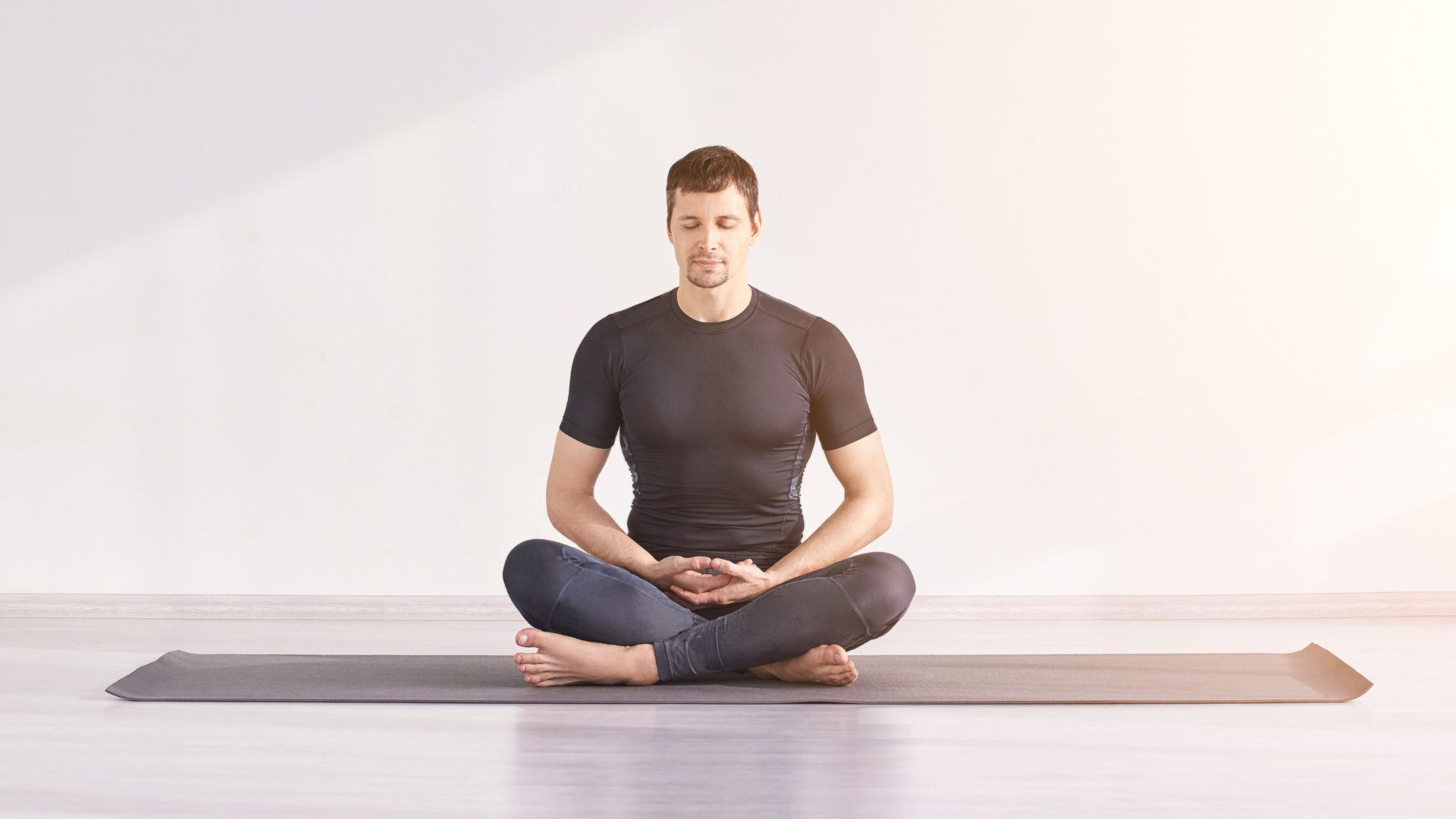Understanding Asana Yoga: A Comprehensive Guide
Introduction to Asana Yoga
What Is Asana Yoga?
Asana yoga, often referred to as the practice of yoga postures, is a fundamental element of yoga. The term “asana” is derived from the Sanskrit word for “seat” or “posture,” signifying the physical postures practiced within yoga. These postures are designed to enhance physical flexibility, strength, and balance while simultaneously fostering mental focus and inner calmness.
Asana yoga is one part of the broader system of yoga, which includes breath control (pranayama), meditation (dhyana), and ethical practices (yamas and niyamas). While these other aspects of yoga concentrate on mental and spiritual development, asana yoga focuses primarily on the physical body.
However, the practice of asana is not merely about physical movement. It also serves as a foundation for deeper spiritual and mental work. The physical postures prepare the body for meditation by reducing physical discomfort and promoting a relaxed state. Practicing asana yoga regularly helps calm the mind, increase body awareness, and develop discipline.
Understanding what asana yoga is and its role within the broader context of yoga is essential for appreciating its benefits. By exploring the various postures and their significance, one can gain a deeper insight into the practice and its impact on overall well-being.
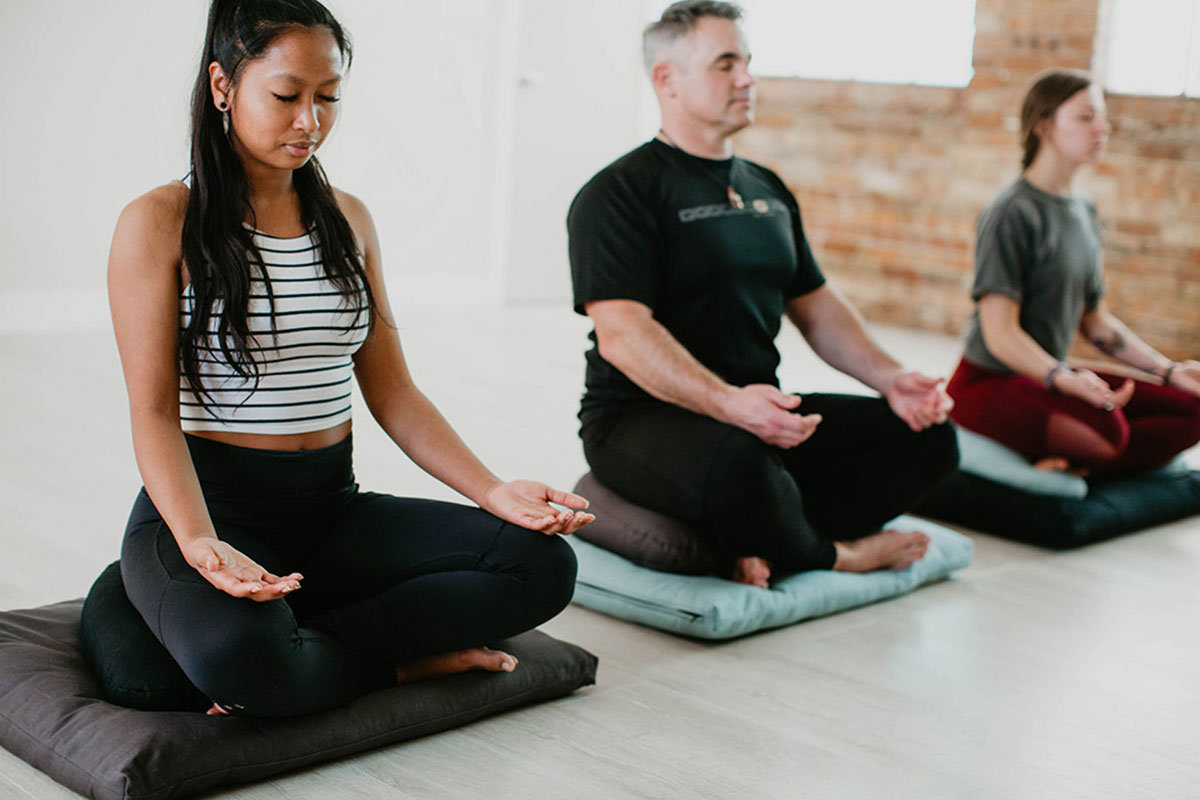
The History and Origins of Asana Yoga
The history of asana yoga dates back thousands of years to ancient India. The Indus Valley Civilization (circa 3300–1300 BCE) is believed to have practiced early forms of yoga, as evidenced by archaeological discoveries depicting figures in meditative postures. Over time, the practice evolved and became more structured, with significant contributions from various yogic texts and traditions.
Ancient texts such as the Vedas contain early references to yoga practices. However, it was the “Yoga Sutras of Patanjali,” written around the 2nd century BCE, that systematized yoga into a coherent philosophy and practice. Patanjali’s eightfold path, also known as Ashtanga Yoga, includes asana as one of its limbs. In this context, asana signifies a stable and comfortable posture, primarily for meditation.
Later texts, such as the “Hatha Yoga Pradipika” (written in the 15th century), expanded on the practice of asanas, introducing various postures aimed at purifying the body and preparing it for higher spiritual practices. Hatha Yoga, which is an essential precursor to modern yoga, emphasized physical postures as a means to balance body and mind.
The modern resurgence of asana yoga can be attributed to influential yogis like T. Krishnamacharya, who emphasized the therapeutic and physical benefits of yoga postures. His teachings brought asana yoga to the global stage, influencing numerous contemporary styles practiced today.
Understanding the historical origins and evolution of asana yoga provides valuable context for appreciating its significance. This knowledge helps practitioners connect with the long-standing traditions and philosophies that underpin the practice of asana yoga.
The Practice of Asana Yoga
Key Components of Asana Yoga
The practice of asana yoga comprises various key components that work together to create a holistic experience. These components include breath, alignment, and mindfulness, each playing a crucial role in enhancing the effectiveness and benefits of the postures.
Breath: In asana yoga, breath control (pranayama) is integral to the practice. Coordinating breath with movement increases oxygen supply to muscles and tissues, promoting relaxation and efficiency. Controlled breathing helps maintain focus, calm the mind, and deepen the physical stretch in each posture.
Alignment: Proper alignment is essential for ensuring the safety and effectiveness of asanas. Correct alignment distributes weight evenly and minimizes strain on joints and muscles. Paying attention to alignment also enhances body awareness, helping practitioners understand their physical limits and avoid injuries.
Mindfulness: Mindfulness involves being present and fully aware of each movement and sensation during the practice. It encourages practitioners to observe their thoughts, emotions, and physical sensations without judgment. This heightened awareness fosters a deeper connection between body and mind, promoting inner calm and clarity.
Sequencing: The order in which asanas are performed, known as sequencing, is also essential. A well-designed sequence balances exertion and relaxation, ensuring a comprehensive workout. Sequencing often includes a mix of stretching, strengthening, and balancing postures, ending with a final relaxation pose (savasana).
Understanding these key components provides a foundation for practicing asana yoga effectively. Each element contributes to the overall experience, enhancing physical, mental, and emotional well-being.
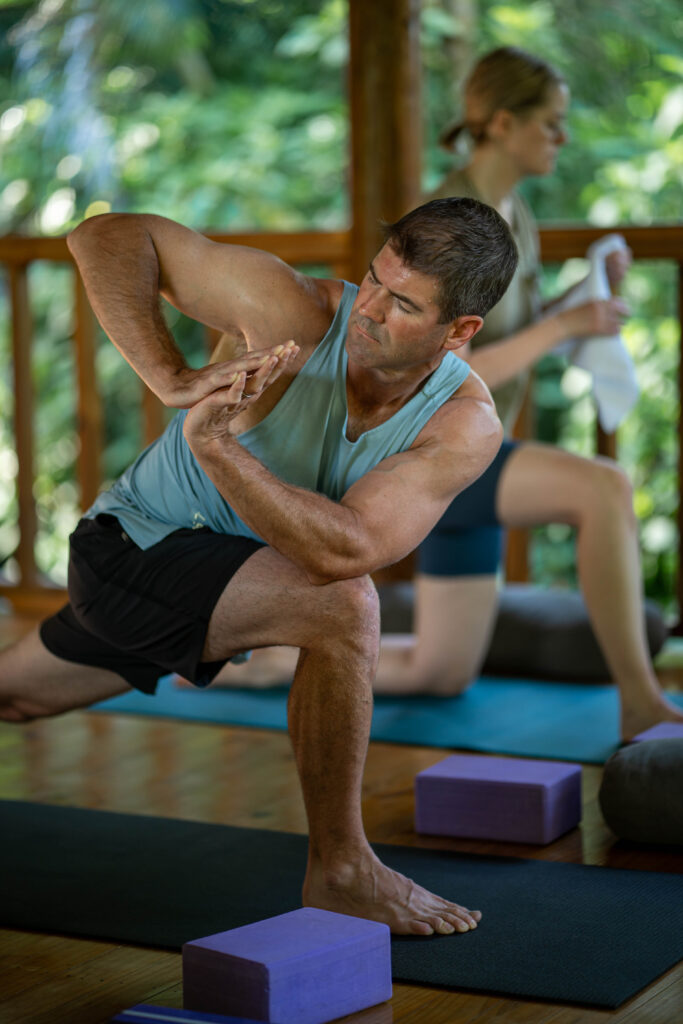
Common Types of Asanas
Asana yoga includes a diverse range of postures, each targeting different muscles and offering unique benefits. Some common types of asanas include standing poses, seated poses, backbends, forward bends, inversions, and balancing poses.
Standing Poses: These asanas, such as Mountain Pose (Tadasana) and Warrior Poses (Virabhadrasana), build strength and stability in the legs and core. Standing poses improve balance, posture, and stamina, forming the foundation for more advanced postures.
Seated Poses: Examples include Lotus Pose (Padmasana) and Seated Forward Bend (Paschimottanasana). These poses increase flexibility in the hips and hamstrings, while promoting relaxation and mental clarity. Seated poses are ideal for calming the mind and preparing for meditation.
Backbends: Poses like Cobra Pose (Bhujangasana) and Bridge Pose (Setu Bandhasana) open the chest and strengthen the spine. Backbends improve posture, relieve tension, and stimulate the nervous system, creating a sense of energy and vitality.
Forward Bends: Asanas such as Standing Forward Bend (Uttanasana) and Child’s Pose (Balasana) promote relaxation and stretch the back muscles. Forward bends also calm the mind and enhance flexibility in the spine and hamstrings.
Inversions: Poses like Headstand (Sirsasana) and Shoulder Stand (Sarvangasana) reverse the normal flow of blood, improving circulation and stimulating the lymphatic system. Inversions enhance concentration, balance, and overall vitality, but require caution and proper guidance.
Balancing Poses: Examples include Tree Pose (Vrikshasana) and Crow Pose (Bakasana). Balancing poses develop physical stability, focus, and mental concentration. These poses strengthen the core and improve coordination.
Familiarity with these common types of asanas provides a foundation for a versatile and balanced practice. Each posture offers unique benefits, contributing to overall physical and mental wellness.
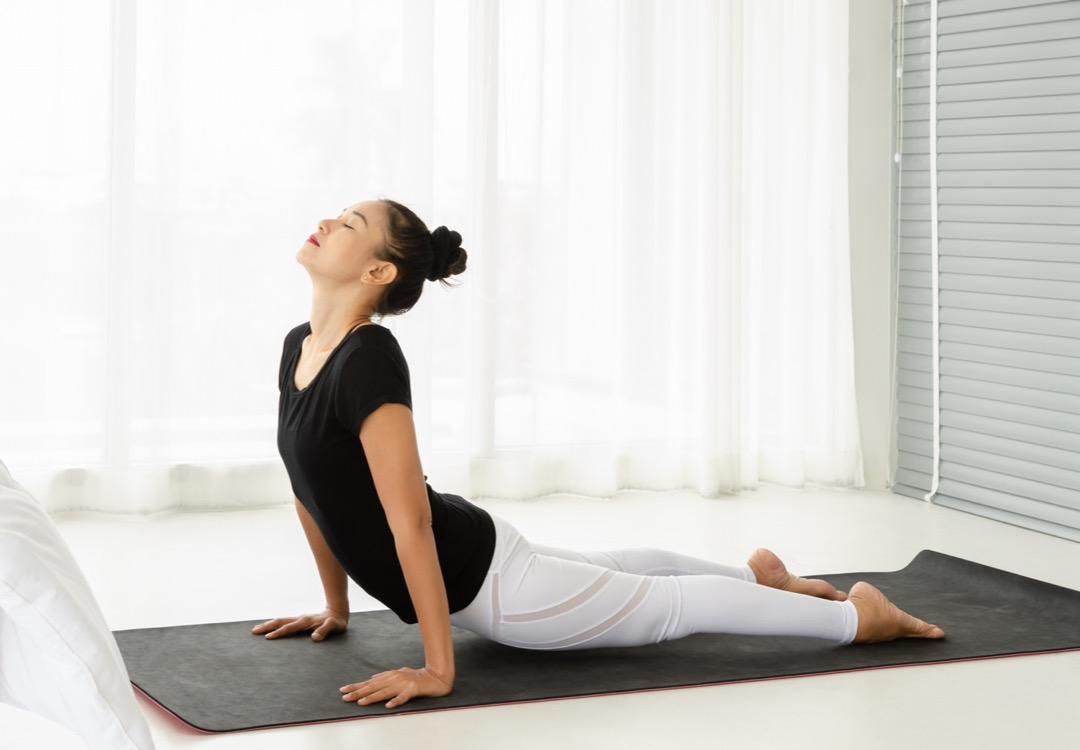
Health Benefits of Asana Yoga
The practice of asana yoga offers numerous health benefits that extend beyond physical fitness. Regular practice can improve flexibility, strength, and overall wellness while promoting mental clarity and emotional balance.
Physical Benefits: Asana yoga enhances flexibility, strength, and balance through various postures. Improved flexibility reduces the risk of injury and promotes joint health. Strength-building poses tone muscles and improve endurance, while balancing poses sharpen coordination and stability.
Mental Health: The mindfulness and breath control in asana yoga aid in reducing stress and anxiety. Focused breathwork calms the nervous system and lowers cortisol levels, promoting a sense of peace. Regular practice can improve concentration, mental clarity, and emotional resilience, helping to manage daily stress.
Cardiovascular Health: Certain dynamic styles of asana yoga, such as Vinyasa or Ashtanga, provide cardiovascular benefits. These styles involve continuous movement, raising the heart rate and improving cardiovascular endurance. Even gentler styles like Hatha can enhance circulation and support heart health.
Respiratory Health: Pranayama, or breath control, practiced in conjunction with asana yoga, enhances lung capacity and respiratory efficiency. Deep, controlled breathing increases oxygen intake and supports overall respiratory function. Techniques like Ujjayi Breath can also improve focus and relaxation.
Spinal Health: The various stretches and postures in asana yoga promote spinal flexibility and alignment. Regular practice can alleviate back pain, improve posture, and support overall spinal health. Backbends and twists, in particular, promote spinal mobility and relieve tension.
Hormonal Balance: Asana yoga can positively impact the endocrine system, promoting hormonal balance. Postures that stimulate the thyroid gland, adrenal glands, and reproductive organs support overall hormonal health. Stress reduction from yoga also contributes to balanced hormone levels.
Recognizing these health benefits highlights the holistic nature of asana yoga. Each practice session nurtures physical, mental, and emotional well-being, offering a comprehensive approach to health.
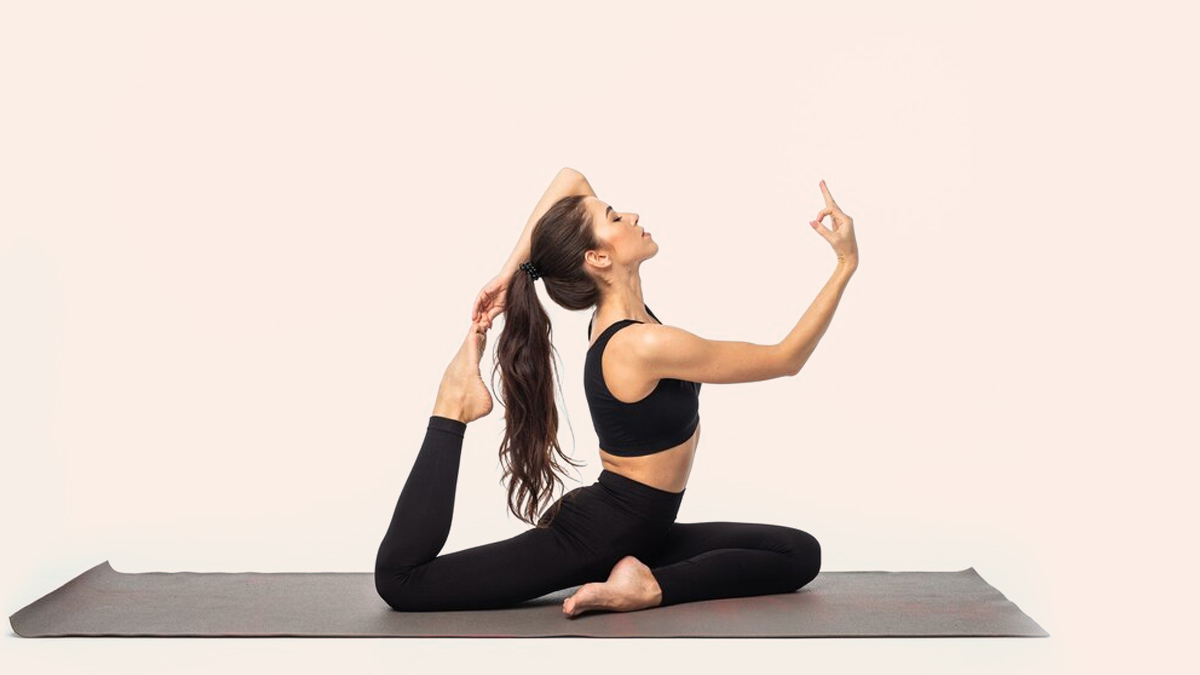
Integrating Asana Yoga into Daily Life
Starting a Practice: Tips for Beginners
For those new to asana yoga, starting a practice can be both exciting and daunting. Here are some tips to help beginners embark on their yoga journey with confidence.
Start with Beginner-Friendly Classes: Look for introductory or beginner-friendly yoga classes online or at local studios. These classes offer guided instruction and modifications, making it easier to learn the basics. Experienced instructors provide valuable feedback and support, helping you build a strong foundation.
Listen to Your Body: Yoga is a personal practice that should be tailored to your individual needs and abilities. Pay attention to your body’s signals and avoid pushing yourself too hard. Honor your limits and make modifications as needed. Remember that progress comes with consistent practice and patience.
Focus on Breath and Alignment: Emphasize breath control and proper alignment in each posture. Coordinating breath with movement enhances the effectiveness of the practice, while proper alignment ensures safety and prevents injuries. Take your time to understand the correct form for each asana.
Practice Regularly: Consistency is key to reaping the benefits of asana yoga. Aim to practice regularly, even if it’s for a short duration. A daily practice fosters discipline, improves skill, and enhances overall well-being. Set aside dedicated time for yoga, making it a part of your daily routine.
Create a Comfortable Space: Set up a dedicated space for your yoga practice. Ensure it is clean, quiet, and free from distractions. Having a comfortable and inviting space enhances your practice experience. Consider using a yoga mat, props, and calming music to create a conducive environment.
Stay Open-Minded and Patient: Embrace a positive mindset and be patient with your progress. Yoga is a journey, not a destination. Celebrate small achievements and remain open to learning and growing. Trust the process and enjoy the journey of self-discovery and improvement.
By following these tips, beginners can start their asana yoga practice with confidence and enthusiasm. Each practice session offers an opportunity to learn, grow, and enhance overall well-being.
Advanced Asana Yoga Practices
For those with a consistent yoga practice, exploring advanced asanas and techniques can provide new challenges and deepen the practice. Advanced asana yoga involves more complex postures, deeper stretches, and refined breath control.
Intermediate and Advanced Postures: Practitioners can gradually progress to intermediate and advanced asanas like Camel Pose (Ustrasana), King Pigeon Pose (Eka Pada Rajakapotasana), and Firefly Pose (Tittibhasana). These postures require greater strength, flexibility, and focus. Working on these asanas with proper guidance helps build advanced skills and enhance body control.
Inversions and Arm Balances: Incorporating inversions like Headstand (Sirsasana), Forearm Stand (Pincha Mayurasana), and advanced arm balances challenges the practitioner’s balance and strength. These postures enhance upper body strength, concentration, and overall stability. Practicing against a wall and under instructor supervision ensures safety.
Advanced Pranayama Techniques: Deepening breath control with advanced pranayama techniques like Kapalabhati (Skull Shining Breath) and Nadi Shodhana (Alternate Nostril Breathing) enhances respiratory efficiency and mental clarity. These techniques require a deep understanding of breathwork and should be practiced with caution and gradual progression.
Meditation and Mindfulness: Advanced practitioners can integrate longer meditation sessions and mindfulness practices into their asana yoga. Combining postures with extended periods of meditation fosters a deeper connection between body and mind, promoting inner peace and spiritual growth. Guided meditations and silent retreats offer opportunities for profound practice.
Exploring Different Styles: Experimenting with different styles, such as Ashtanga, Vinyasa, Yin, and Iyengar Yoga, broadens the practitioner’s experience and skills. Each style offers unique challenges and benefits, helping to diversify and deepen the practice. Workshops and yoga retreats provide opportunities to explore these styles under expert guidance.
Establishing Personal Goals: Setting personal goals and challenges enhances motivation and progression in advanced practice. Whether it’s mastering a specific posture, deepening breath control, or enhancing mindfulness, personal goals provide direction and purpose to the practice. Regular self-reflection and feedback from instructors support continuous improvement.
By exploring advanced asanas and techniques, practitioners can deepen their practice and enhance their skills. The journey of advanced asana yoga fosters greater self-awareness, strength, and spiritual growth, offering a transformative experience.
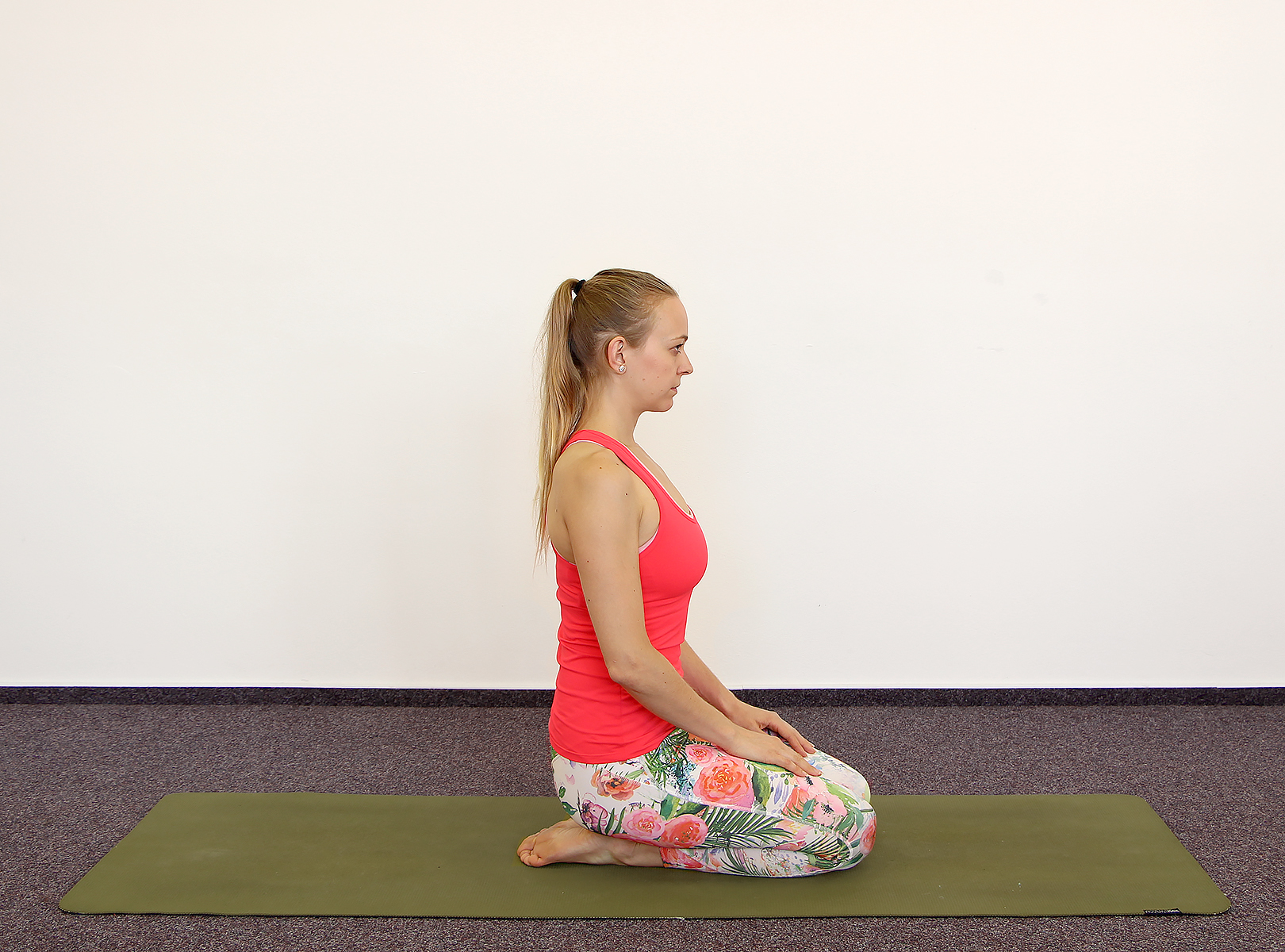
Integrating Asana Yoga with Daily Activities
Integrating asana yoga with daily activities enhances overall well-being and ensures the benefits of the practice extend beyond the mat. Here are some tips for incorporating yoga into everyday life.
Morning Routine: Start the day with a short yoga practice to awaken the body and mind. Simple stretches and breathwork invigorate energy levels and set a positive tone for the day. Morning yoga routines enhance flexibility, reduce stiffness, and promote mental clarity.
Work Breaks: Incorporate mini yoga sessions during work breaks to alleviate stress and improve focus. Gentle stretches, desk yoga poses, and mindful breathing reduce tension and boost productivity. Short breaks for movement and mindfulness enhance physical and mental well-being.
Mindful Movement: Practice mindfulness in daily movements and activities. Integrate principles of alignment and breath control while walking, sitting, or performing chores. Awareness of posture and breath promotes relaxation and reduces physical strain.
Evening Practice: Wind down with a calming evening yoga routine to release stress and prepare for restful sleep. Gentle restorative poses, deep stretches, and meditation foster relaxation and improve sleep quality. Evening yoga routines promote a peaceful transition from the day’s responsibilities to rest.
Active Lifestyle: Complement other physical activities with yoga to enhance overall fitness. Integrating yoga with sports, running, or gym workouts improves flexibility, strength, and injury prevention. Cross-training with yoga supports balanced physical development and recovery.
Social Connections: Participate in community yoga classes or events to build social connections and support networks. Engaging with like-minded individuals fosters a sense of community and shared growth. Group practices and yoga retreats enhance the experience through collective energy and inspiration.
Reflective Journaling: Keep a yoga journal to document progress, insights, and personal reflections. Journaling enhances self-awareness and tracks development in the practice. Reflecting on experiences and goals supports continuous growth and development.
Integrating asana yoga with daily activities ensures that the benefits of the practice permeate all aspects of life. This holistic approach promotes physical health, mental clarity, and emotional balance, enhancing overall quality of life.
Conclusion: Embracing the Journey of Asana Yoga
Asana yoga, with its blend of physical postures, breath control, and mindfulness, offers a comprehensive approach to well-being. Understanding its historical roots, key components, and diverse postures enriches the practice, making it a truly holistic discipline.
The practice of asana yoga provides numerous health benefits, including improved flexibility, strength, mental clarity, and emotional balance. Whether starting as a beginner or exploring advanced techniques, each practitioner can tailor the practice to their individual needs and goals.
Integrating asana yoga with daily activities enhances overall wellness, ensuring the benefits extend beyond the mat. By embracing the journey of asana yoga with an open mind and dedication, practitioners can enjoy a transformative and enriching experience.
This comprehensive guide offers a foundation for understanding, practicing, and integrating asana yoga into daily life. The journey of yoga is a continuous path of self-discovery, growth, and well-being, providing a valuable tool for enhancing quality of life.
